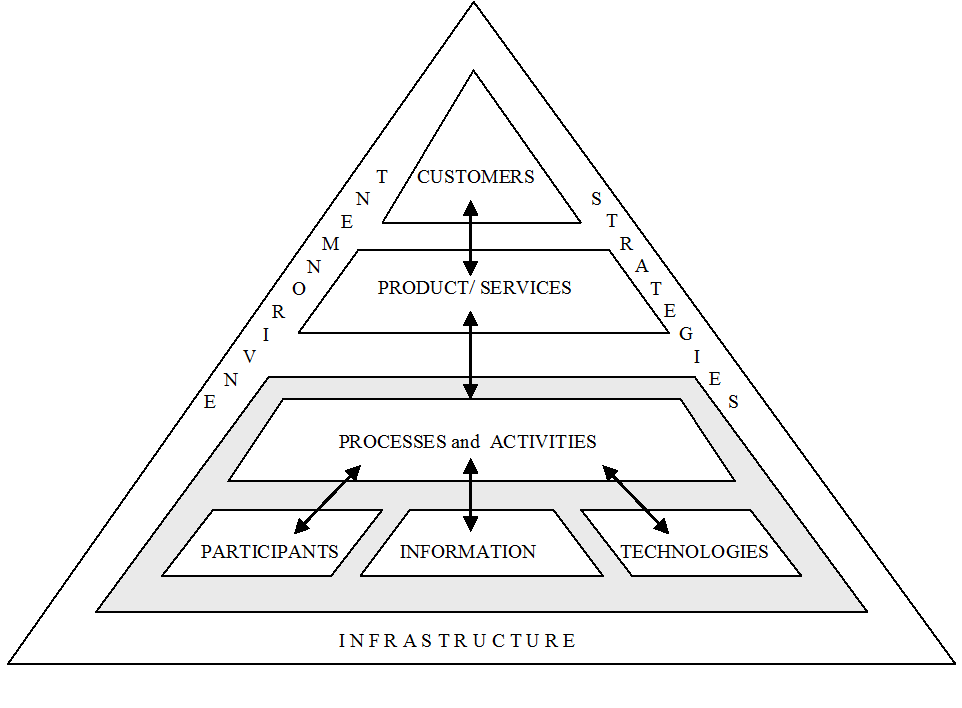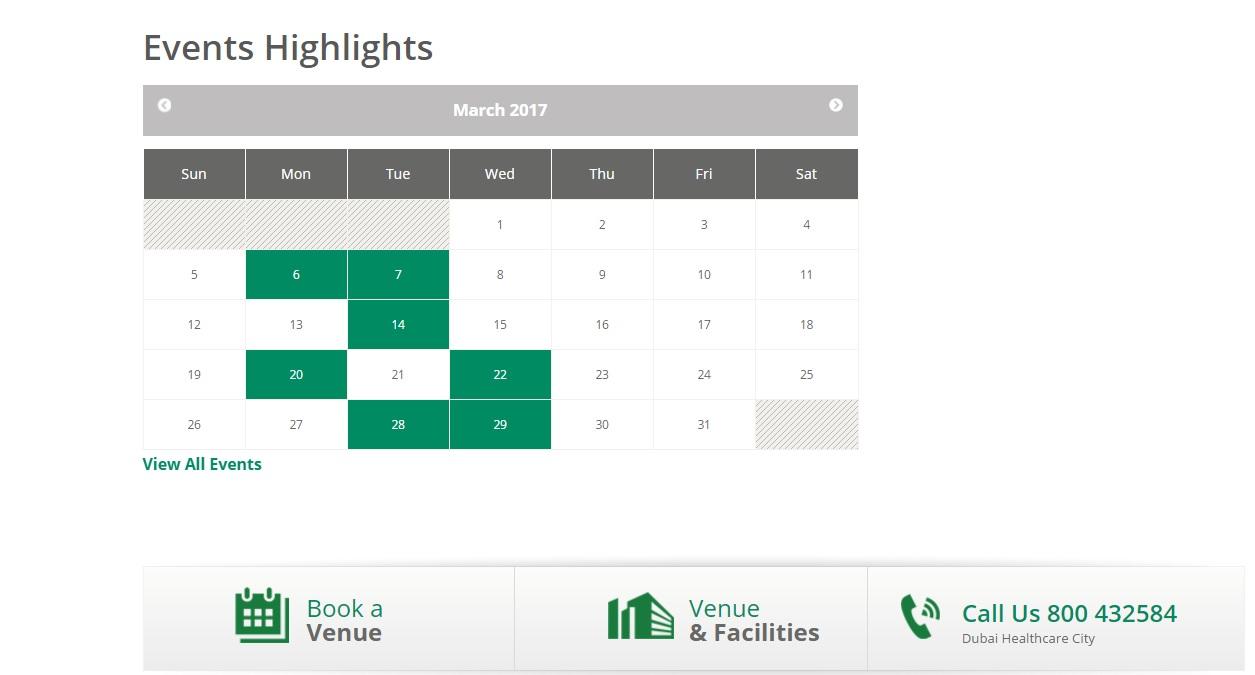Business-oriented information systems (BOS) can be defined as groups of interrelated elements that “work collectively to carry out input, processing, output, storage and control actions to convert data into information products” (Qiu 2013, p. 45) that can be explored for optimal control and management of a wide range of operational activities within an organization. These systems are essential for business because they allow managers to streamline their decision-making process, promoting organizational success. It is possible to discern five essential elements of BOS: hardware, software, information, communication, and people (Qiu 2013). There are also two types of BOS: operations information systems (OIS) and management information systems (MIS) (Qiu 2013). Different business strategies can be analyzed with the following tools and models: Porter’s 5 Forces Model, McKinsey’s 7S Model, and Porter’s Diamond Model, among others (Fleisher & Bensoussan 2013).
This paper aims to provide an analysis of Dubai Healthcare City’s work system with the help of the Work System Framework. The paper will also assess the organization’s business strategy using the following Porter’s models: Five Forces, Generic Model, and Value Chain.
Business Overview
Dubai Healthcare City (DHCC) is one of the UAE’s numerous economic zones, which is located in the Emirate of Dubai (DHCC 2017). The zone specializes in the delivery of healthcare services and is associated with an extremely limited level of taxation designed to promote economic activity. DHCC is comprised of two areas: medical education and healthcare area (4.1 million square feet) and wellness area (19 million square feet) (DHCC 2017).
Business Strategy
Porter’s Five Forces
Table 1. Shows Porter’s Five Forces.
Table 1. Porter’s Five Forces.
Porter’s generic strategies are presented in Figure 1.

The value chain of DHCC is comprised of the following links: manufacturers, wholesalers, suppliers, providers, healthcare professionals, and healthcare services consumers (Ausmed, 2015; Sharan et al. 2015). The models’ application shows that DHCC concentrates on creating a competent health care platform while striving for optimal balance between cost leadership and cost focus.
System Analysis
Figure 2 shows the Work System Framework.

There are nine essential elements in Steven Alter’s Work System Framework: infrastructure, environment, strategies, participants, information, technologies, products/services, and customers (Alter 2013). In terms of processes and activities, the system is designed for connecting customers with doctors, clinics, and businesses providing health care services. Moreover, the website helps job seekers to find gainful positions in the healthcare sector. Furthermore, the system acts as an informational hub for educators and students alike. Participants in the work system are patients seeking a meeting with a doctor, students exploring educational opportunities, and health care professionals such as advanced practice nurses, physicians, and clinicians.
In terms of information stored and manipulated on the DHCC’s website, the most typical entities include schedules, reservations, resumes, and medical histories, among others (Alter 2013). Technology that is being used for the system is the website itself. Services provided by DHCC consist of information and scheduling functions. DHCC’s customers are health care professionals, educators, students, and patients. The environment is Dubai’s health care sector, which is characterized by a high number of players. Infrastructure includes almost “160 clinical partners, including hospitals, outpatient medical centers, diagnostic laboratories” (DHCC 2017a, para. 4) and academic institutions. DHCC has both enterprise and department strategies. Table 2 shows the work system snapshot.
Table 2. The work system snapshot.
Taking into consideration the fact that the business strategy of DHCC is the provision of healthcare-related services for their customers to ensure positive health outcomes and attract healthcare tourists to Dubai, it can be said that the website does not meet the requirements of quality. It has to do with the fact that both Education and Investments sections of the website contain an extremely limited amount of information that can be of use for potential students and investors (see Figure 3). The Healthcare section of the website contains telephone numbers that do not retain the consistency of font size (see Figure 4), thereby making the website look unprofessional.


Conclusion
DHCC’s website poorly reflects its business strategy and system that have been analyzed in the individual system report. The website looks unprofessional and does not provide customers with sufficient information; therefore, it does not serve its purpose to the full extent.
Reference List
Alter, S 2013, Work system basics. Web.
Ausmed, 2015, Understanding healthcare’s value chain. Web.
Colliers International, 2014, Dubai healthcare overview: Growth potential in a competitive market environment. Web.
DHCC, 2017a, Overview. Web.
DHCC, 2017b, Education. Web.
DHCC, 2017c, Healthcare. Web.
Fleisher, C & Bensoussan, B 2013, Business and competitive analysis methods: Effective application of new and classic methods, Financial Times Press, Indianapolis.
Qiu, R 2013, Business-oriented enterprise integration for organizational agility, Business Science Reference, Hershey.
ResearchGate, 2017, Alter’s work system framework. Web.
Sharan, A, Schroeder, G, West, M & Vaccaro, A 2015, ‘Understanding a value chain in health care’, Journal of Spinal Disorders and Techniques, vol. 28, no. 8, pp. 291-293.
U.S.-U.A.E. Business Council, 2014, The U.A.E. healthcare service. Web.